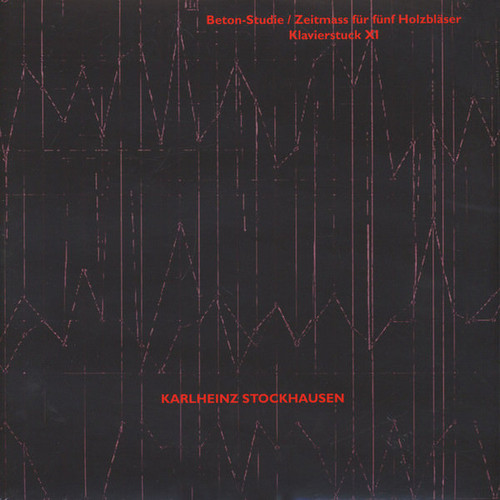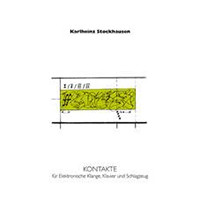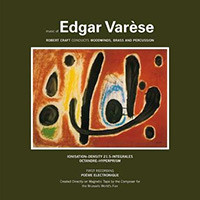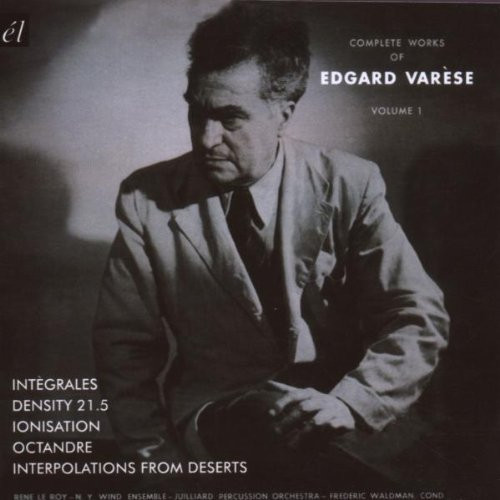★Modern Silence
Beton-studie / Zeitmass Fur Funf Holzblaser
A collection of some of Karlheinz Stockhausen's earliest work, including his earliest piece of musique concrète "Beton-Studie" (aka "Étude") written by Stockhausen in 1952-53 at Pierre Schaeffer's studio at the RTF in Paris. Until 1992 this piece was believed to have been lost. The LP also includes the celebrated "Zeitmass" (1955), and "Klavierstück XI, parts I-IV" (1956), both of which helped to cement Stockhausen's role as one of the leading German composers of the 20th century
Studie I & II, Gesang Der Junglinge, Zyklus Fur Zwei Schlagzeuge
A collection of Stockhausen’ s most important works from the 1950s, particularly “Gesang der Jünglinge” (“Song of the Youths”) 1955-56, probably the most iconic piece of electronic music ever written. Only because of Stockhausen’s complete understanding of electronic equipment, along with his creative genius, was he able to produce this masterwork, the first piece of music to unify vocals and electronics.
Kontakte
“Kontakte” (1959-60), Stockhausen’s first piece to use both electronics and traditional instruments together, marks a turning point in his career, when his music was beginning to show the influences of American avant-garde jazz and composers like John Cage. In “Kontakte” live musicians play alongside a tape recording of percussion sounds that have been altered by different electronic devices (i.e. a ring modulator or a reverberator). Stockhausen wanted the musicians to improvise over the prepare…
Music of Edgar Varese Vol. 1
In the early '60s, Robert Craft's Columbia recordings of Varèse's works were important contributions to the catalog and hailed for giving this music greater exposure. The album includes Poème Electronique composed and recorded onto magnetic tape to be played from 400 loudspeakers, complimenting the parabolic and hyperbolic curves of Le Corbusier's pavillion at the Brussels World's Fair in 1958
Complete Works
itle of “Father of Electronic Music”. Varèse spent the early twenties as a starving composer in NYC, writing works like the percussionless “Octandre” and “Intégrales”, his first piece to use the term “spatial music”. Upon returning to Paris in 1928, he composed the celebrated “Ionisation”, the first piece ever written for an entirely percussion ensemble (13 percussionist playing 40 instruments). His 1936 piece, “Density 21.5”, written for solo flute for the premiere of George Barrère’s n…




